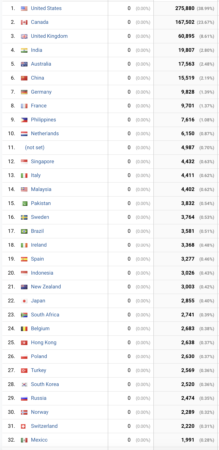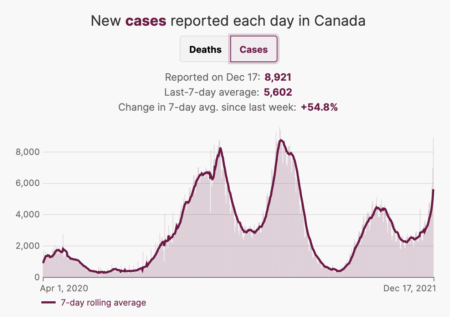I began a blog to stay in touch with people in Canada while doing my Oxford M.Phil. Since then it has remained useful as an unobtrusive means of staying in touch, as well as as a place to catalog and archive useful information, especially if relevant to ongoing projects.
It’s neat to see how there have been at least some visits from nearly every country in the world:
And the breakdown by country shows diversity as well:
Based on the stats, it seems that aside from a few determined readers (mostly in Canada and the UK), most people just find a single page through a search engine and then view only that. I hope they mostly find something that’s useful for them — and, to long-term readers, thanks for holding on!








